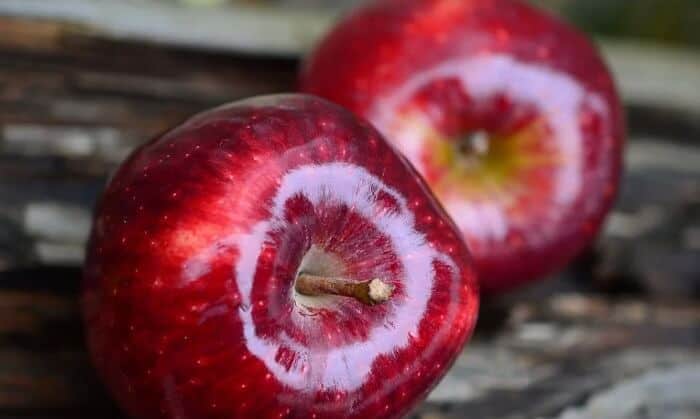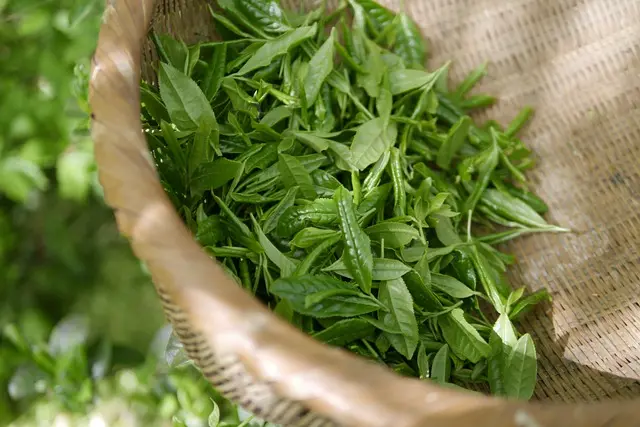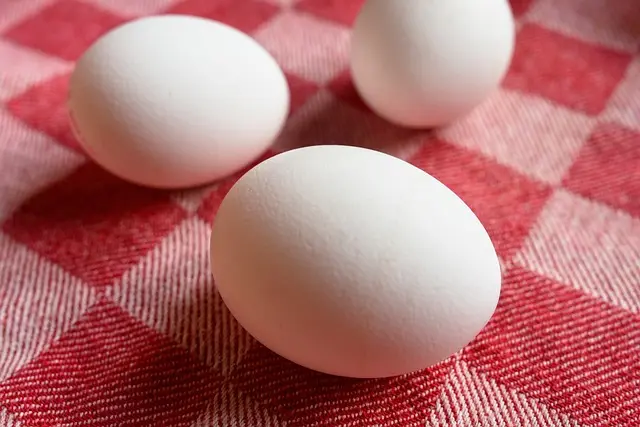
Let’s talk about malic acid, one of the commonly used food additives. You can read my article about citric acid (E330), which is used for the same purpose, which I mentioned the other day, by clicking here. You can also look at this category, which includes other additives in detail. Now let’s go back to our main topic, malic acid (E296).
What is malic acid (E296)?
Malic acid is fruit acid. It is an organic acid naturally found in plums, tomatoes, and especially apples. It is also found in fruits such as cherries, grapes, bananas, and orange peels.
Commercially, it is synthesized by hydrating fumaric acid and maleic acid in the presence of a catalyst. Its general formula is C4H6O5 Malic acid is used as a flavoring and preservative in foods It also gives foods a sour flavor.
E296 in food
It has a wide usage area in foods. Confectionery, dry drink mixes, jam and jelly making, fruit juices are the main areas of use. It is encoded with the code E 296.
Malic acid is an important metabolite in the body. It is in the mitochondria of living cells. It also takes part in the krebs circle, which is the energy cycle. In other words, it helps our body in the process of obtaining ATP.
There is no limit on the daily intake amount. However, the absence of limitations does not mean that we can consume more.






